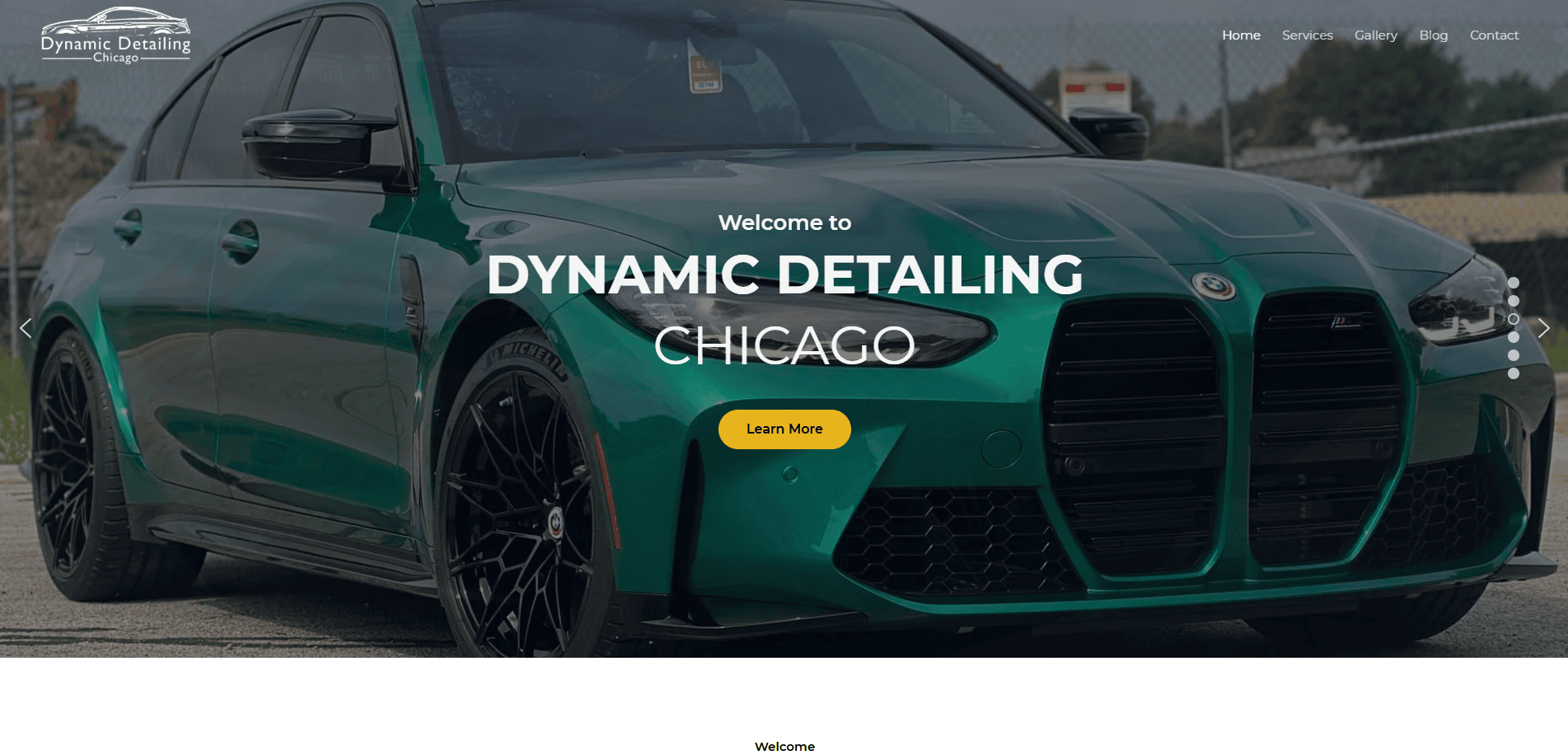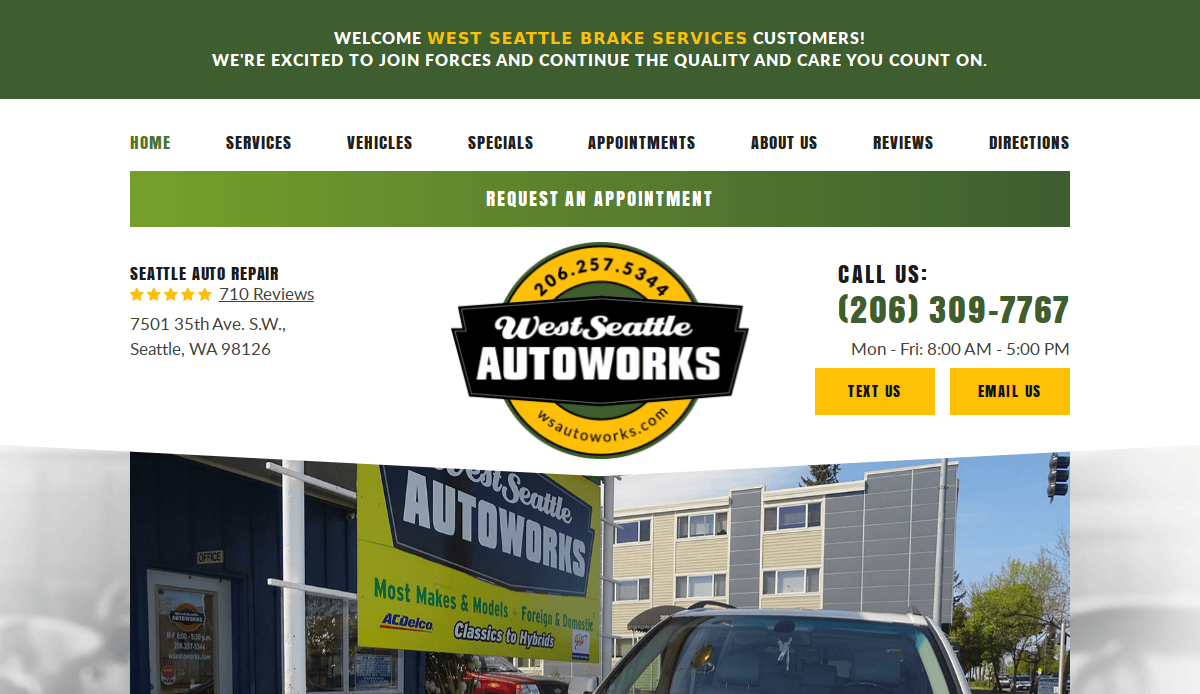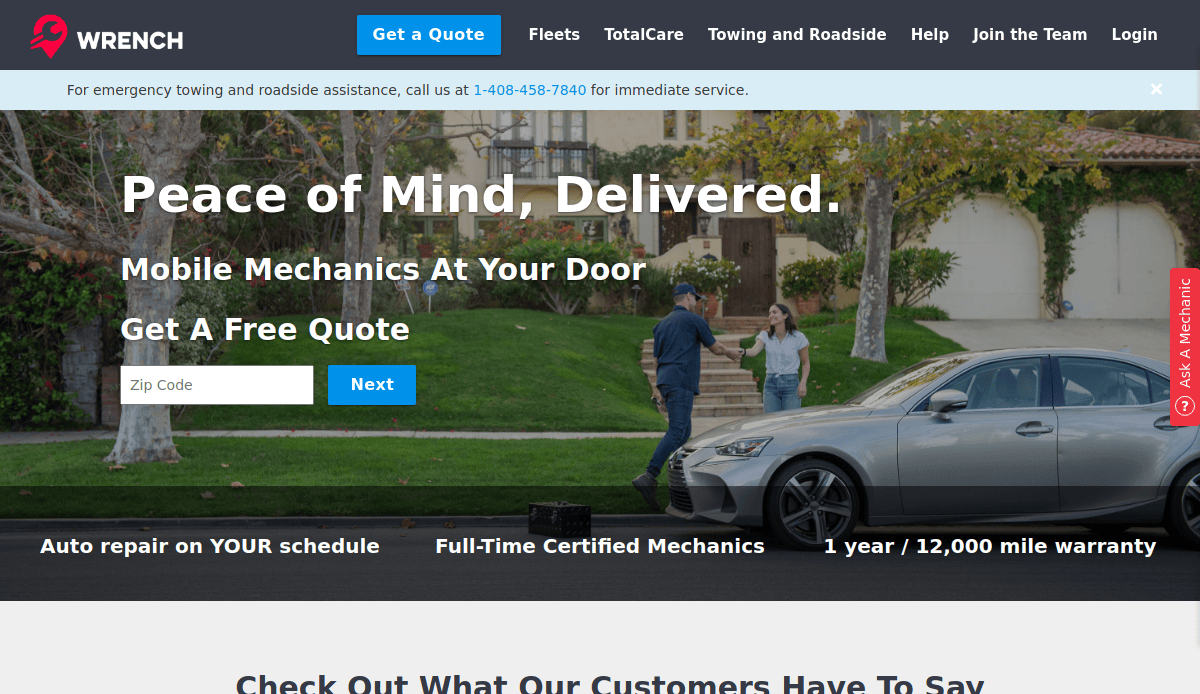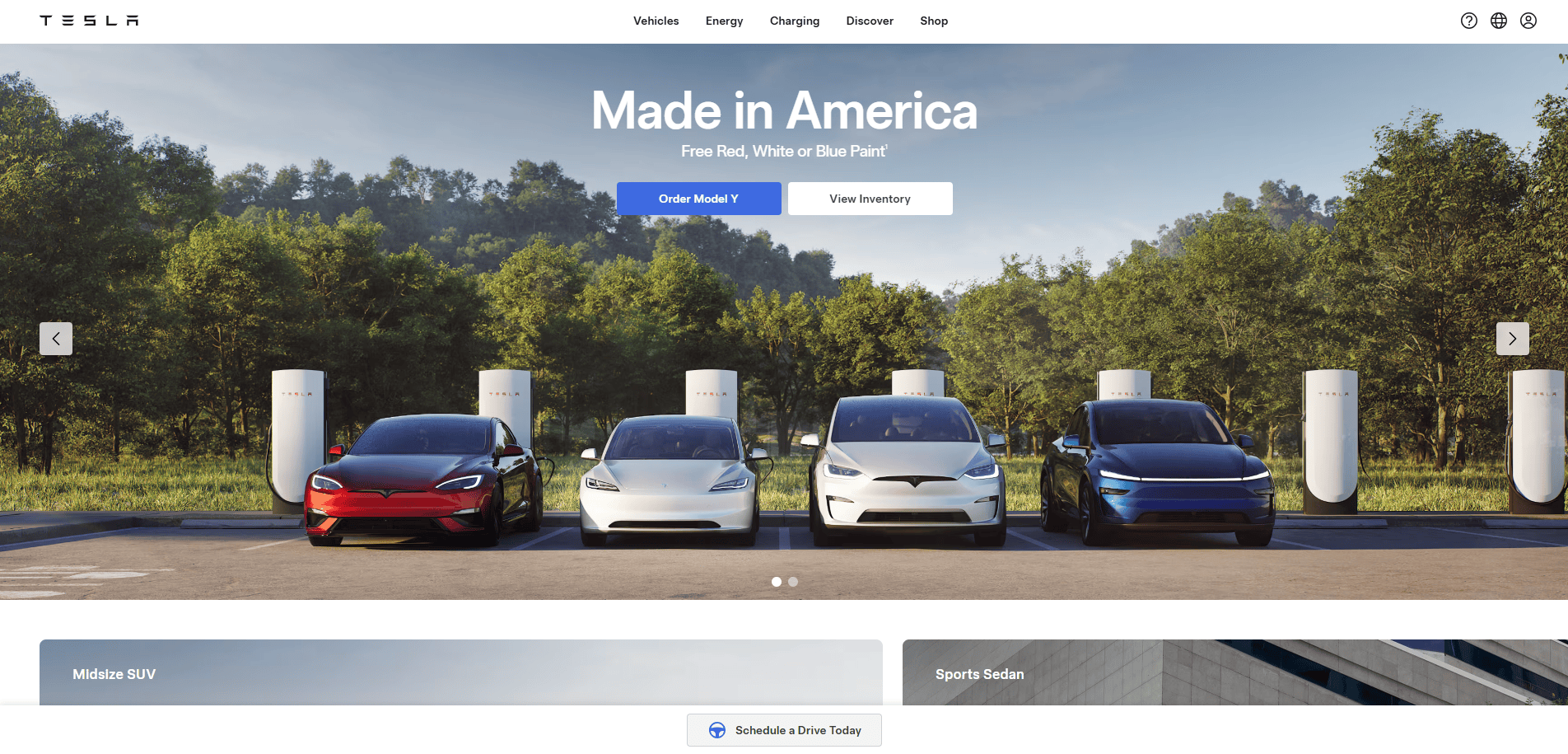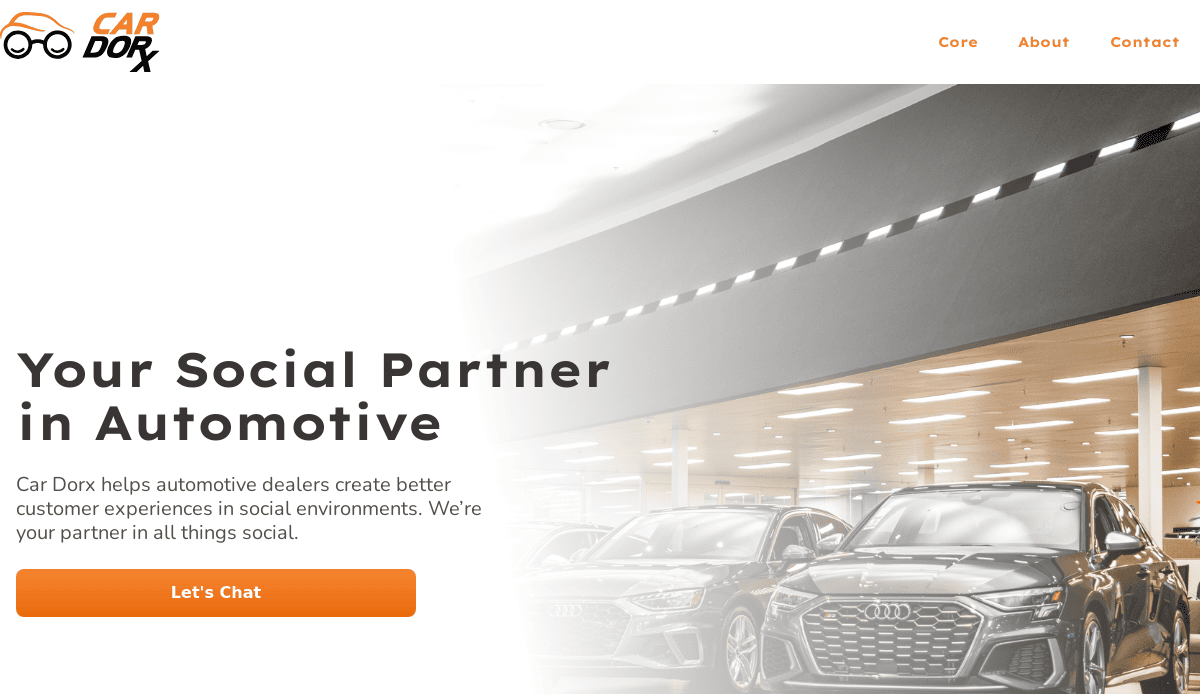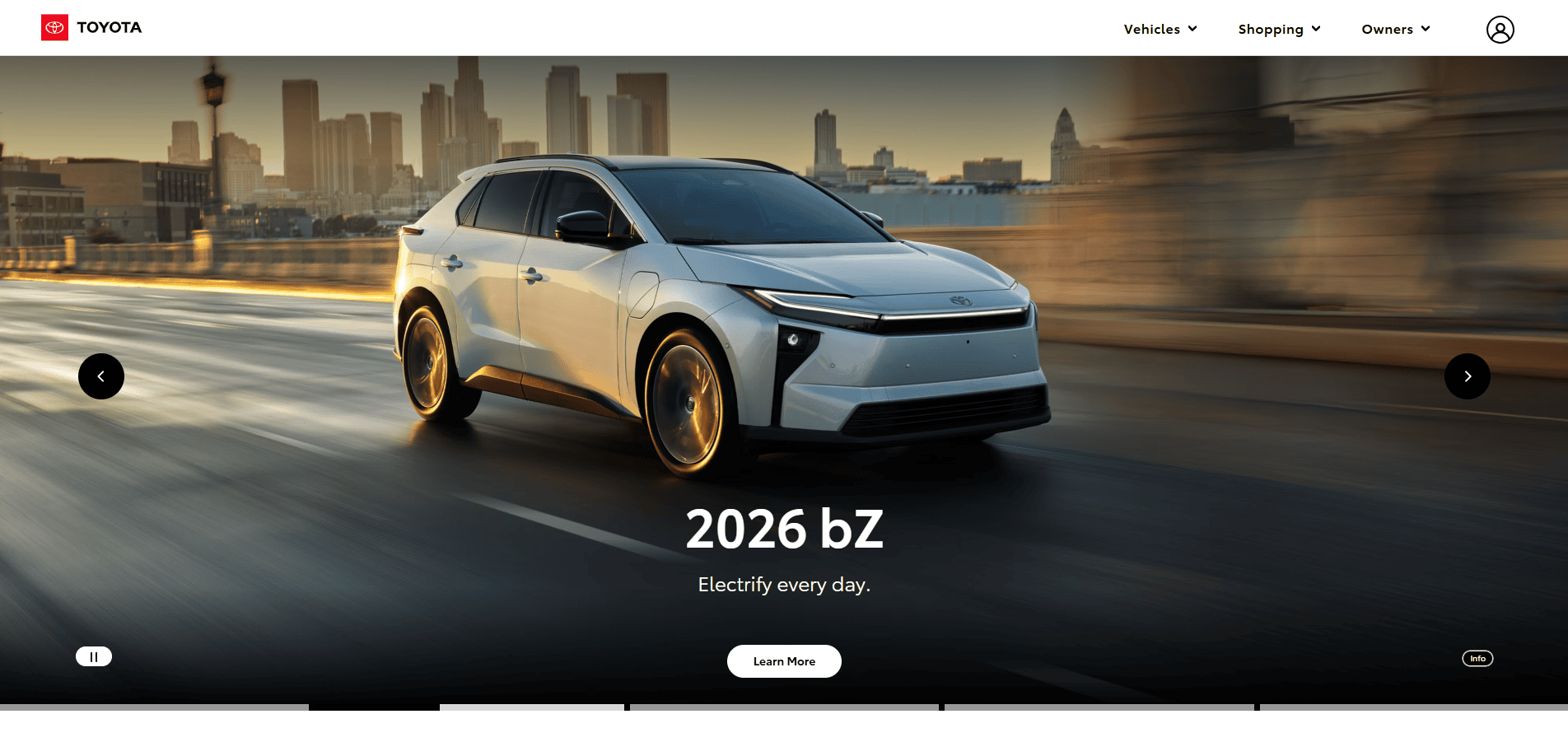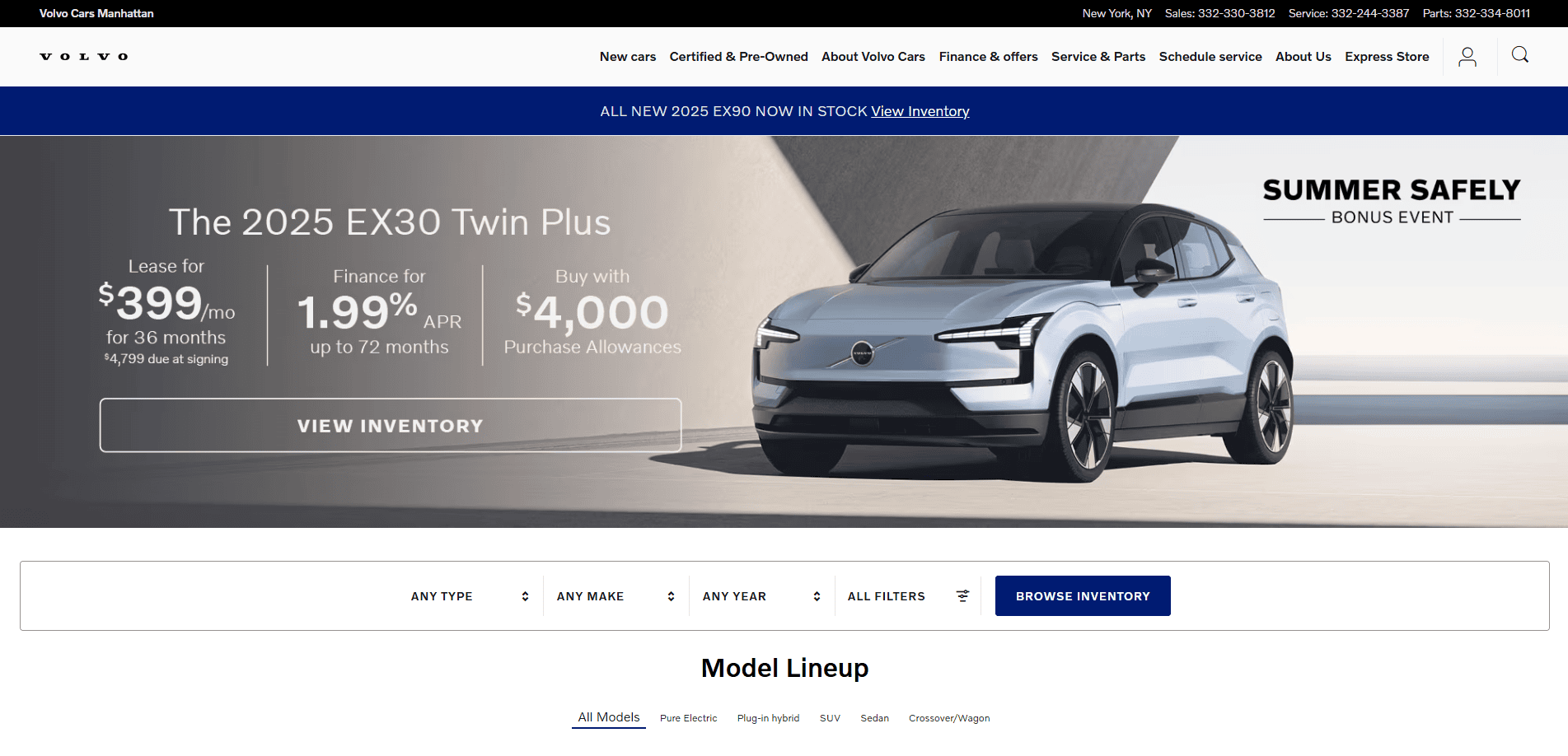Just looking for our Best Automotive Website examples list?
First impressions matter—especially in the automotive industry, where the competition is fierce and customer expectations are sky-high. Today, your website is more than just an online brochure; it’s your digital dealership. It’s where car buyers research, compare, and often decide before ever stepping onto your lot. If your website doesn’t impress at first glance, you’re already losing leads.
Great design isn’t about flashy graphics—it’s about functionality, trust, and conversion. A well-designed website guides users effortlessly from browsing to booking a test drive. It makes it easy to explore inventory, understand financing options, and connect with your team. More importantly, it reflects the professionalism and quality of your brand. Whether you’re a car dealer, service center, or custom parts provider, your website must do one thing exceptionally well: drive results.
In this guide, we’ll break down the essential components of high-performing website design for your industry—from mobile responsiveness and SEO to advanced features like 3D vehicle tours and AI-powered chatbots. By the end, you’ll have actionable insights to build or upgrade a site that not only looks great but also fuels your business growth.
Key Takeaways
- Prioritize Responsive Design: Ensure your automotive website is fully functional and visually appealing across all devices, especially mobile.
- Implement Clear Navigation: Design intuitive navigation structures that help users find information quickly.
- Utilize High-Quality Visuals: Showcase vehicles with professional images and dynamic video to engage users.
Website Planning & Purpose: Building the Foundation for Web Design
The success of a website begins long before the first pixel is placed. It starts with intentional planning rooted in business objectives and customer expectations. For automotive companies, whether dealerships or aftermarket service providers, the planning phase is critical. This is where strategic decisions are made that determine how well your website will perform, not just in aesthetics, but in conversions, customer engagement, and brand impact.
First, define your website’s purpose. Is it to showcase new inventory, highlight service capabilities, generate leads for test drives, or all of the above? Each goal will influence the structure, design, and features of the site. For example, a dealer focused on vehicle sales will need an intuitive inventory system with filtering and search capabilities. A service center, on the other hand, might prioritize online appointment booking and service descriptions.
Next, understand your target audience. Are you selling to budget-conscious first-time buyers, luxury car enthusiasts, or commercial fleet managers? Each group has different expectations and browsing behaviors. Conduct audience research to map user journeys, ensuring your content, navigation, and calls-to-action align with how your visitors think and shop.
Planning also includes content architecture—deciding which pages are needed and how they’ll interlink. Core pages typically include Home, Inventory, Financing, Service, About, and Contact. But within each, there are decisions to be made about tone, visuals, and functional elements like quote requests, map integrations, and review displays.
Finally, consider your competitors. Identify what’s working for top-performing websites in your industry and market, and plan to outperform them by offering a smoother experience, richer content, or unique features like virtual showrooms or AI chat support.
In the automotive industry, your website is often the first and most critical touchpoint with customers. Planning it with precision ensures that when visitors arrive, they find not only what they’re looking for, but a reason to choose your business over the rest.
Design Principles: Creating a Website That Converts
Effective website design isn’t just about visual appeal—it’s about strategic functionality that meets the unique needs of car buyers and service customers. To stand out in a competitive industry and drive real business results, your website must blend aesthetics, usability, and conversion-focused design principles.
These are the key principles every automotive company should follow.
- Responsive and Mobile-First Design
- Clear Navigation and Site Architecture
- High-Quality Visuals and Multimedia
- Strong, Consistent Branding
- Visual Hierarchy and CTA Placement
- Fast Load Times and Clean Code
- Accessibility Compliance
By following these design principles, your website will look great, and it will be easy to use, trustworthy, and primed to convert visitors into leads.
Content & Navigation: Structuring for Simplicity and Results in Web Design
An effective website doesn’t just look great—it leads users effortlessly to what they need and drives them to take action. In a high-stakes industry where car buyers and service customers often make quick, research-driven decisions, your content and navigation must be strategically crafted to educate, engage, and convert.
- Prioritize Clarity and User Intent
- Structure Pages Around Core Buyer Needs
- Use a Logical, Top-Level Navigation Menu
- Optimize for Scannability and Engagement
- SEO-Enhanced Content That Converts
- Make It Easy to Act
Great content and navigation don’t just inform—they guide, reassure, and drive action.
Visual Elements: Designing an Experience That Drives Engagement
In the automotive industry, where buying decisions are heavily influenced by emotion and aesthetics, visual elements are more than decorative—they’re strategic. From showcasing vehicles to reinforcing brand identity, the visual language of your website plays a crucial role in shaping user experience, building trust, and increasing conversions.
- High-Quality Vehicle Photography
- Interactive Visual Features
- Branded Visual Identity
- Typography and Readability
- Video Content
- Whitespace and Layout Structure
- Iconography and Infographics
- Accessibility in Visual Design
A visually compelling website looks professional, and it creates a seamless, immersive experience that reflects your brand’s quality and drives users toward action.
Ongoing WordPress Maintenance: Keeping Your Site Running Smoothly
Launching a sleek, high-converting automotive WordPress website is a major milestone—but it’s only the beginning. Without ongoing maintenance, even the best-designed site can become outdated, vulnerable, or underperforming.
- Regular Software and Plugin Updates
- Security Monitoring and Malware Protection
- Database Optimization and Performance Checks
- Backups and Disaster Recovery Planning
- Monitoring Website Uptime and Broken Links
- Content and SEO Refreshes
- Compliance with Accessibility and Legal Standards
- Technical Support and Troubleshooting
For automotive businesses, where every lead counts and digital presence equals brand credibility, maintaining your website ensures it continues to perform at its best and supports growth in a competitive marketplace.
20 Automotive Web Design Examples
1. Dynamic Detailing Chicago
Location: Chicago, IL
Key Takeaways:
- Clean, modern design aligns with the brand’s meticulous detailing services.
- Thoughtfully curated color palette blending dark and light tones for sophistication.
- High-quality visuals showcase services effectively.
2. Zepeda Auto Service
Location: Chicago, IL
Key Takeaways:
- Clear, concise layout enhances user navigation.
- Informative content highlighting services and customer testimonials.
- Responsive design ensures accessibility across devices.
3. Fred’s Wrigleyville Garage
Location: Chicago, IL
Key Takeaways:
- Engaging visuals and strategic content placement.
- Emphasis on customer reviews to build trust.
- Streamlined booking process for services.
4. West Seattle Autoworks
Location: Seattle, WA
Key Takeaways:
- User-friendly navigation with clear service listings.
- Integration of contact information and operational hours prominently.
- Consistent branding throughout the site.
5. Otobots
Location: Chicago, IL
Key Takeaways:
- Innovative design highlighting mobile auto repair services.
- Clear calls-to-action facilitating service bookings.
- Informative content addressing common customer queries.
6. Tesla
Location: Palo Alto, CA
Key Takeaways:
- Crisp layout with minimalist design.
- Captivating visuals enhance user engagement.
- Intuitive interface simplifies navigation.
7. Sun City Motors
Location: Phoenix, AZ
Key Takeaways:
- Image slider with animated film promoting services.
- Clean design with clear navigation.
- Engaging visuals attract potential customers.
8. Central Texas Car Concierge
Location: Austin, TX
Key Takeaways:
- Full-width blue background with prominent CTA.
- Simple design layout utilizing white space effectively.
- Client testimonials enhance credibility.
9. Genesis of Charlotte
Location: Charlotte, NC
Key Takeaways:
- Seamless process for ordering new vehicles.
- Exceptional car care service information.
- Responsive design for various devices.
10. Car Dorx
Location: San Francisco, CA
Key Takeaways:
- Customized design aligning with brand identity.
- Engaging content showcased in columns.
- Interactive elements enhance user experience.
11. Piston Nerd
Location: New York, NY
Key Takeaways:
- Classy design with responsive layout.
- Unique approach to promoting vehicles.
- Background film creates a sense of mystery.
12. AAA Auto
Location: Miami, FL
Key Takeaways:
- Refreshing color scheme with conversion-focused layout.
- Easy navigation enhances user experience.
- Clear categorization of vehicle listings.
13. Lamborghini
Location: Los Angeles, CA
Key Takeaways:
- Accessible design for all users.
- User-friendly interface with conversion-focused elements.
- High-quality visuals showcasing luxury vehicles.
14. Chevrolet
Location: Detroit, MI
Key Takeaways:
- Clean structure with fade-in motion photographs.
- Great copywriting enhances the brand message.
- Simple and clear design layout.
15. Rimac
Location: San Jose, CA
Key Takeaways:
- Smooth animations with a great choice of images.
- Conversion-focused design elements.
- Full-page background video of the latest model.
16. Toyota
Location: Plano, TX
Key Takeaways:
- Simple-free design with great images.
- Conversion-focused design enhances user engagement.
- Spectacular opening video slider on the homepage.
17. Dodge
Location: Auburn Hills, MI
Key Takeaways:
- Functional features with nice images.
- Utilization of white space for clarity.
- Traditional color palette enhances brand identity.
18. Volvo Cars Manhattan
Location: New York, NY
Key Takeaways:
- Sleek and functional design.
- Inventory browser and image slider for vehicle models.
- Easy navigation for selecting ideal vehicles.
19. Alba Cars
Location: Los Angeles, CA
Key Takeaways:
- Sleek design with ample white space.
- Chirpy color scheme creates a welcoming atmosphere.
- Engaging visuals consistently portray a friendly vibe.

20. Lotus of Vancouver
Location: Vancouver, WA
Key Takeaways:
- Interactive 3D-rendered car image scroller.
- Simple yet effective design.
- Great background image enhances visual appeal.
Ready to Launch the Best Automotive Website Around?
Your website is more than just a digital footprint—it’s a vital tool that influences how potential auto customers perceive and engage with your business. With the right design strategies, thoughtful structure, and ongoing maintenance, you can turn your site into a high-performing sales engine that attracts and converts. Whether you’re showcasing your inventory, booking service appointments, or establishing your brand as a trusted leader, a professionally designed site for automotive businesses is essential to stay competitive.
Don’t settle for a generic template. Work with an experienced designer who understands the unique needs of the auto industry and can tailor your site to match your goals and your brand.
Contact us today to start building the best automotive website designed for results. Let’s create a platform that drives your dealership forward.
Frequently Asked Questions About Automotive Website Design
What makes a car dealer website effective?
Effectively, it should offer a user-friendly interface, fast load times, and clear CTAs that guide visitors through vehicle listings, financing options, and appointment scheduling. It uses a clean homepage layout to feature new arrivals, specials, and service promotions while telling the brand’s story visually and through compelling copy.
Should I use a template or invest in a custom automotive website?
While a template may seem cost-effective initially, a custom website provides the flexibility to meet your specific needs, support unique features like inventory tools or ecommerce functions, and reflect your dealership’s branding. A custom site allows for enhanced SEO, better conversions, and a professional look that sets you apart from local competitors.
How can design elements improve the overall user experience?
Well-chosen design elements such as iconography, whitespace, and structured layouts reduce clutter and increase clarity. A modern design incorporates interactive tools like 360° views or filters on vehicle listings, enhancing the overall user experience and making your website easier to navigate across desktop and mobile devices.
What pages are essential on a car website?
At a minimum, every car website should have:
- A clear homepage with value propositions
- Dynamic listing pages for vehicles
- A parts website or section
- An “About” page to tell your brand’s story
- A contact page with a map and hours
These pages form the backbone of a site that converts potential customers into leads.
Can my website include ecommerce features?
Absolutely. A custom website can support ecommerce functionalities such as online parts ordering, service appointment scheduling, or down payment processing. These features improve your online presence and meet the growing expectations of digital-first car shoppers.
What are the benefits of a redesign?
A website redesign gives you the opportunity to implement a modern design, update your SEO structure for improved search results, and enhance site performance. Whether your current site feels dated or no longer reflects your business goals, a redesign with a professional designer can significantly elevate visibility and engagement.
How do I choose the right website designer?
The right website designer should understand automotive industry trends, offer insight into best practices for car dealerships, and have a portfolio that shows creative, functional design. Ideally, they’ll also provide insights into website and marketing integration to boost results beyond design alone.
Can I customize my car website to reflect my brand?
Yes. With a customize-first approach, you can incorporate your dealership’s unique visual identity, messaging tone, and features tailored to your sales process. The result is a great website that’s on-brand and fully aligned with your business model and customer expectations.
How can illustrations and visuals improve a car website?
Visuals such as custom illustrations, high-quality images, and video walkthroughs give users a more immersive experience. These show off your inventory and enhance visibility and dwell time, which can improve your search results ranking.
Where can I get ideas for my next website project?
Check out our curated list of 20 Best Automotive Website Designs to get ideas and see how top-performing BMW, luxury, and independent dealer sites are using the best web techniques to generate leads, promote their vehicles, and build long-term brand trust.

